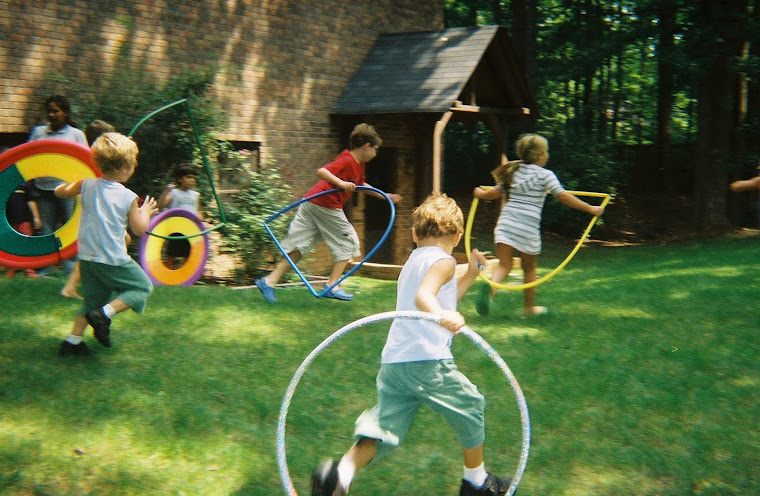Comprehensive studies (conducted in Sweden on over
1,400 children) suggest that early toe-walkers outgrow their desire to do so
and that it is not an indicator of mental or cognitive disorders.
However these studies do also indicate that the
incidence of toe walking is higher in children with autism, muscular dystrophy
and cerebral palsy than with typical children. But clearly NOT all toe walkers have associated neurological issues.
Children who toe walk past the age of 3 are at risk
of developing shortened heel cords, balance issues, muscle stiffness, and
associated pain in the legs and feet. It has also been associated with muscle
co-ordination issues and can inhibit participation in sports, etc.
Toe walking is technically called an “equinas
gait”. Typical gait is with a heel/toe
strike with reciprocal alternating movements.
The coming down on the ball of the foot is referred to a “plantar
flexion”. The inability to have normal gait can impact gross motor movements (inclusive
of range of motion of ankle and foot) as the child grows impacting not just the
feet and legs but the back muscles as well.
Left unaddressed the child can develop contractures that would eventually
render typical walking impossible.
In severe cases children have had to have surgery to
release their heel chords and/or wear a brace (at night during sleep or an orthotic
in their shoes) to stretch out the shortened muscles. Treatment is usually
dependent upon how this impacts the child’s daily life. If the child is excessively falling, demonstrates
difficulty running and/or tires easily with gross motor activities then a
medical consult is suggested.
While it is difficult to construct a specific
correlation, toe walking has been observed in some children with sensory
integrative dysfunction. This information is inconclusive because it is unclear
whether these children had sensory-based mobility issues first or if they developed them because of the toe walking. In either scenario, occupational therapy
interventions can assist the child with ITW develop more secure proprioceptive
and kinesthetic abilities to increase spatial body awareness and adaptive
safety/play skills.
In an article by Brian Hoppestad,
PT, MS, EdD in Physical Therapy and Rehabilitative Medicine (Vol. 24.Issue 22 Page 16) he states that, “…children with ITW* present with other
developmental problems, principally language delays; and to a lesser extent,
fine- and gross-motor deficits and visuo-motor impairments.3 Engstrom et al. estimated the prevalence of toe-walking
in the general population. Of the children in the study cohort, 2.79% were
previous toe-walkers, and 2.09% continued to toe-walk at 5.5 years of age.
Children with a diagnosis of developmental delay or neuropsychiatric disorder
had a prevalence of toe-walking of 41.2% (both inactive and active toe-walkers)…”
(*ITW; idiopathic toe walkers)
Current antidotal
reports suggest that toe walking may impact skeletal maturation inclusive of
potential joint deterioration. ITW should now be regarded as not as benign as
previously thought. However most articles are case studies and not statistical
so definitive answers are not available at this time.
Clearly ITW
impacts a child’s posture as well as related mobility/stability patterns both
necessary for attention and learning. Recent studies report however, that even
with interventions some residual gait issues may persist into adulthood.
Toe-walking
can also change the child’s visual field and visual scanning abilities. As they
tilt forward this may force their eyes to move “up” so that they are looking
from the “top” of their eye sockets and this could impact reading, writing and
motor navigation. It could also factor into potential headaches and sensory
organization concerns.
At this time
there are no definitive “cures”, causes and/or treatments. Additional ITW research studies are needed to
answer these questions.
|
|

No comments:
Post a Comment